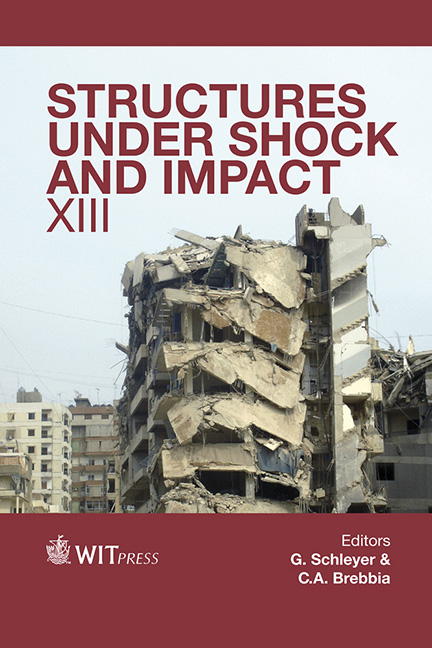The Effect Of Segment Length And Gap Distance On Segmented Rods Penetrating Into A Steel Target
Price
Free (open access)
Transaction
Volume
141
Pages
13
Published
2014
Size
1,098 kb
Paper DOI
10.2495/SUSI140111
Copyright
WIT Press
Author(s)
X. W. Chen, & L. Lang
Abstract
Numerical simulations are conducted on the penetration of an L/D=5 long-rod and different ideal segment-rod into steel targets by ANSYS/LS-DYNA3D. The Lagrangian method and Johnson-Cook constitutive model are coupled in simulations. The comparative analysis indicates that the dominant contribution to the depth of penetration (DOP) of a segment-rod is due to the phase III nonsteady stage rather than the phase II quasi-steady penetration stage, which is dominant in long rod penetration. The effect of segment length and the gap distance on DOP are especially analyzed. The aspect ratio and gap distance of a segment do not affect DOP monotonically increasing or decreasing, instead there exists an optimal parameter region. Keywords: numerical simulation, segmented rods, DOP, aspect ratio, gap distance, Johnson-Cook model.
Keywords
numerical simulation, segmented rods, DOP, aspect ratio, gap distance, Johnson-Cook model.





